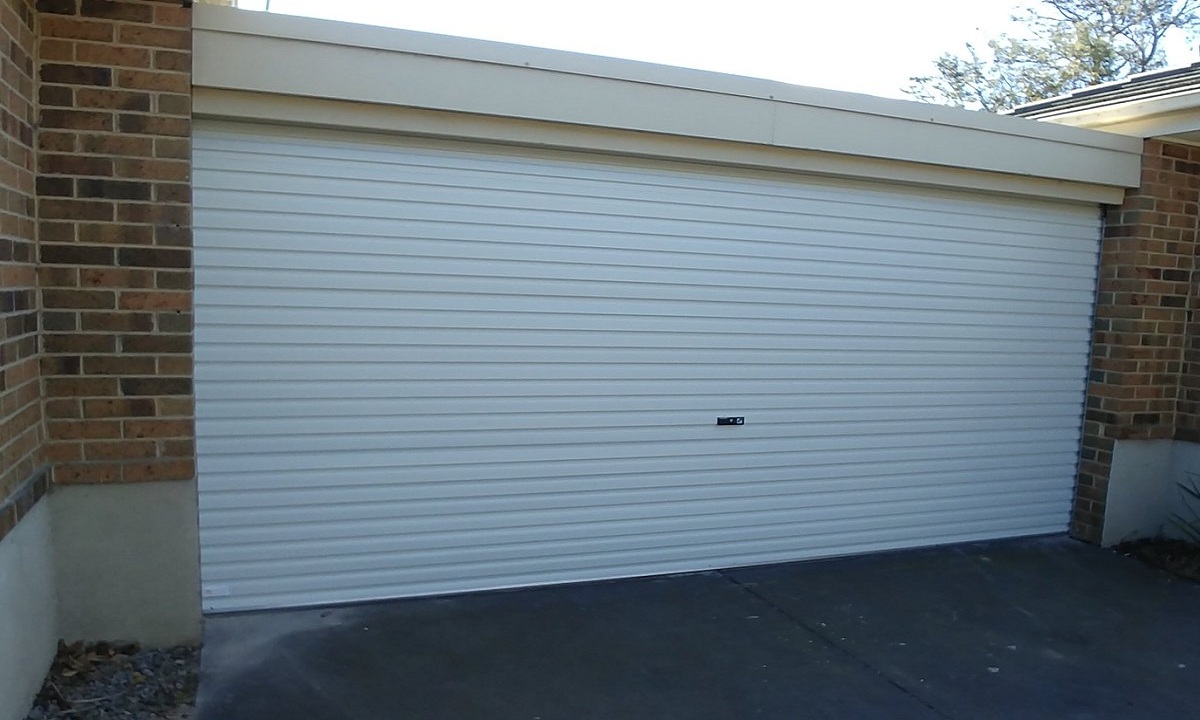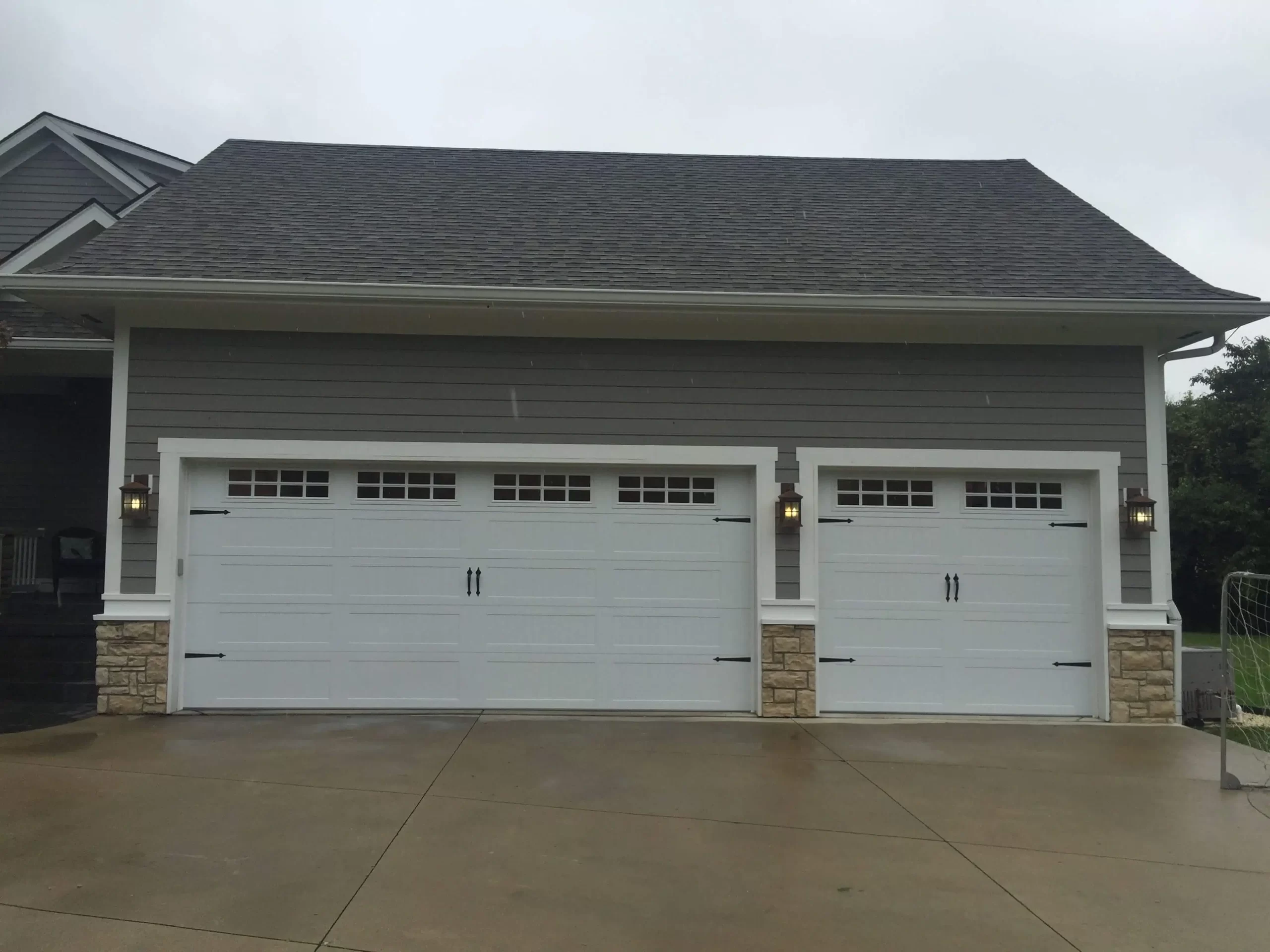A well-functioning garage door is essential for any home. It provides security and allows for easy access to your garage. However, like any mechanical system, garage doors require proper maintenance to keep them running smoothly.
One of the most common types of garage door systems is the torsion spring system. In this blog post, we will explore how torsion systems work and provide tips on maintaining and repairing them.

Content
What are Torsion Springs?
Torsion springs, also known as counterbalance springs, are located above the garage door, one on each side. They are wound tightly, almost like a coiled spring. Torsion springs help counterbalance the weight of the garage door so it opens and closes smoothly using very little physical effort.
As the door opens or closes, the springs unwind and rewind accordingly. Over time, the winding mechanism of torsion springs can wear down due to repeated opening and closing of the heavy garage door. This is when maintenance and repairs are needed.
Spring Tension and Rebalancing
Ideally, the torsion springs should be able to easily lift the weight of the door without being too loose or too tight. The proper spring tension ensures smooth operation of the door. Regular lubrication and inspection can identify early signs of worn springs that require replacement. Springs may also lose tension faster in extreme weather conditions like high heat or humidity.
Right on time Garage door San Antonio recommends rebalancing to adjust spring tension every 6-12 months, or as needed if the door starts dragging or becomes hard to open/close. Rebalancing is safer and more affordable than replacing worn out springs. It restores proper spring counterbalance and durability.
Lubrication and Inspection
Inspecting the torsion springs, cables, pulleys, rollers and other hardware on a regular basis is highly recommended. Look for signs of wear and corrosion. Lubricating all moving metal parts using white lithium grease every 3-6 months keeps them operating smoothly.
This simple maintenance prevents premature damage and the need for costly repairs down the road. Check that fasteners and bolts are secure. Loose hardware can lead to alignment issues. Proper lubrication and timely repairs keep the garage door system running efficiently for many years.
Professional Spring Replacement
Eventually, torsion springs may lose their ability to support the door weight even after multiple rebalances. At this point, replacement becomes necessary. However, removing and installing new torsion springs requires special tools and training. It is considered a dangerous do-it-yourself project due to the high tension in the springs.
Accidents can cause serious injuries. We highly recommend hiring a certified technician for this type of repair work. Liftmaster Gate Opener San Antonio employs fully-trained professionals who can complete the job quickly and safely without causing damage to other door components. Quality replacement springs revive the system and restore smooth operation.
Other Maintenance Tips
In addition to torsion springs, other key parts also affect the performance of a garage door system. Rollers, hinges, tracks and cables wear out over time if not serviced periodically. Clean and lubricate all rollers, pulleys and hinges to reduce friction.
Inspect and tighten mounting brackets. Clean debris from tracks to allow smooth movement. Cables should not be frayed or kinked. Replace immediately if damaged. Periodic tune-ups extend the life of each component and keep the entire system functioning efficiently for many years.
With regular maintenance and timely repairs as needed, you can derive maximum performance from your garage door’s torsion spring system. Saving on garage door repairs by performing minor adjustments and addressing small issues early can offset operational down time and expenditures for major repairs or replacements in the future.

Jason is the problem-solver extraordinaire. When your garage throws a challenge your way, he’s the one with a solution.







